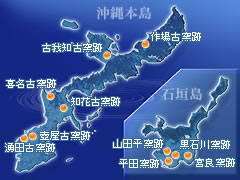 | Old kiln of Okinawa

According to history books and legends, pottery was baked at some kiln sites in Okinawa from 15 to 16th century. |
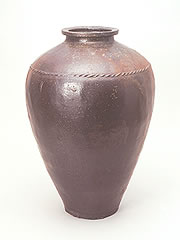 | Kina-Chibana kiln

At the beginning of the 15th century, Nanban-yaki technique prospered with the introduction of Awamori production technique, and kilns were made in Chibana (Okinawa City) and Kina (Yomitan). They were strongly influenced by Southeast Asia. |
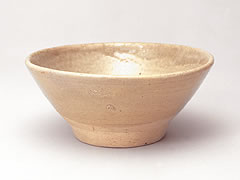
| Wakuta kiln

In 1616, Wakuta-yaki started under the guidance of Korean potters such as ICHIROKU. Glazing characterizes the Wakuta style, found in such representative works as ash-glazed bowls.
Takaraguchi kiln

HIRATA Tenstu learned aka-e technique in China, and built a kiln at present Shuri (Naha City).
|
  | Tsuboya kiln

Techniques of Kina/Chibana were used for Ara-yachi vases and jars, and techniques of Satsuma as well as Wakuta and Takaraguchi were succeeded to glaze and aka-e of Jo-yachi. |
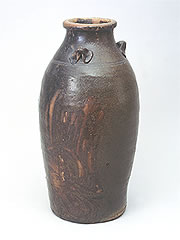 | Kogachi kiln

Baked until the beginning of 19th century at Nago City. Characterized by the use of amber or black glaze. |
| | Saba kiln

The kiln was probably located at Janagusuku, Ogimi but not known exactly. Vases,pots and sake bottles are excavated. |
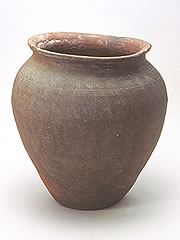 | Yaeyama kiln

In the 18th century, NAKANDAKARI Chigen instructed pottery production technique to Yaeyama. The technique used at present has Western taste. |